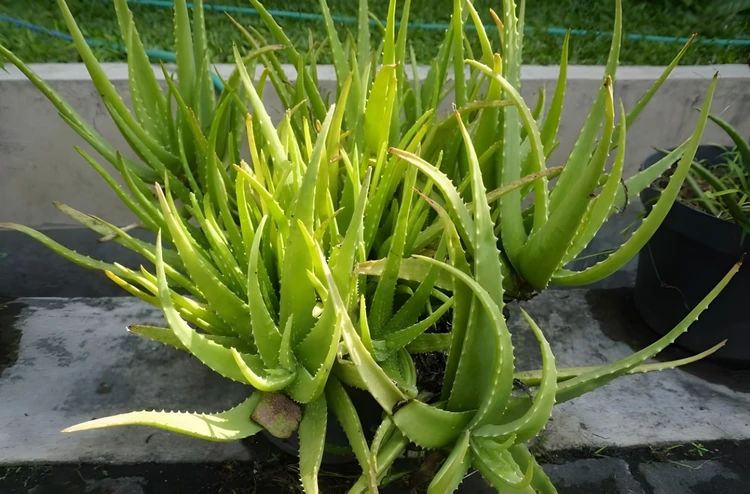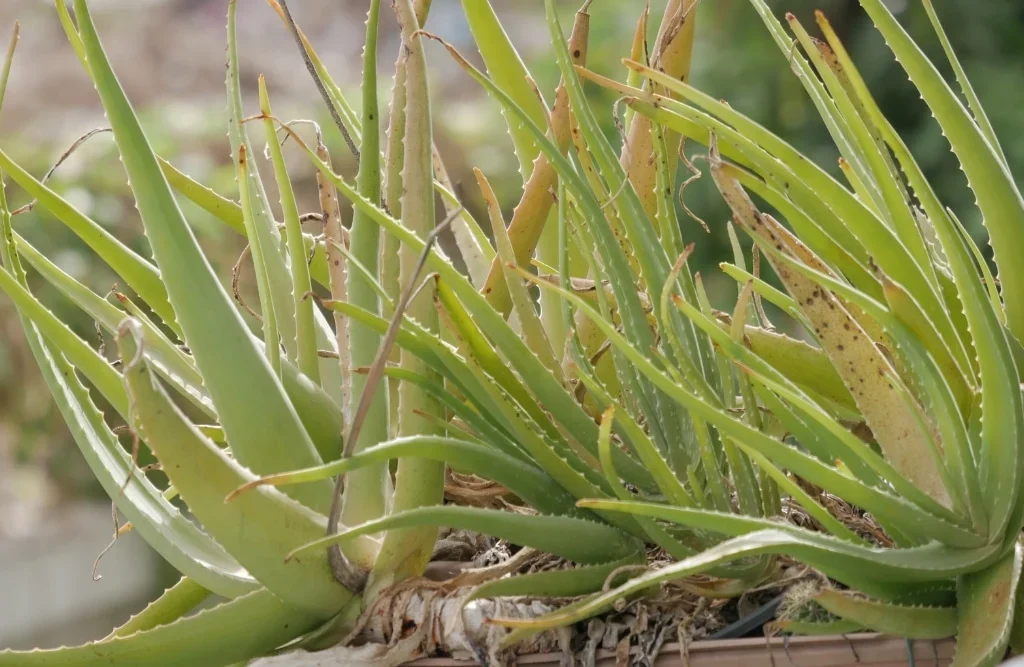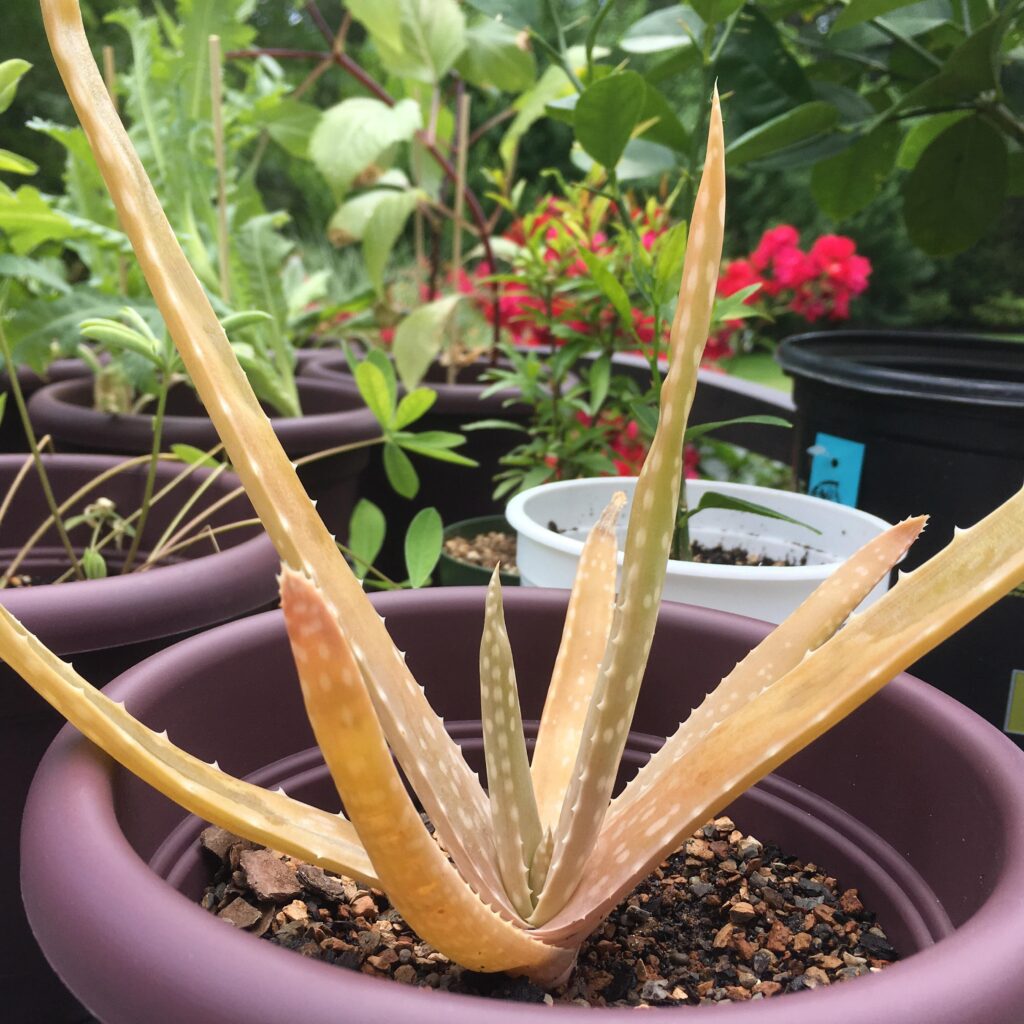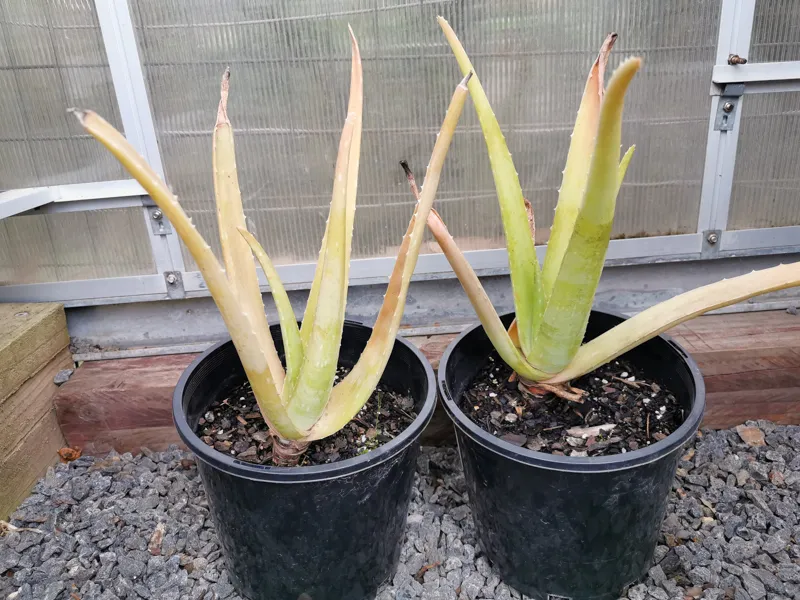Aloe vera is one of the most beloved houseplants in the world — prized not just for its easy-care nature, but also for its medicinal and cosmetic uses. Its thick, succulent leaves store healing gel known for soothing burns, cuts, and skin irritations. While aloe is generally a hardy and forgiving plant, one common problem that puzzles many gardeners and houseplant enthusiasts is yellowing leaves.
If you’ve noticed your aloe vera’s leaves losing their lush green color and turning yellow, it’s a sign that something in the plant’s environment or care routine needs attention. This article explores the main causes of yellowing leaves on aloe vera, how to diagnose the problem, and what you can do to restore your plant’s health and beauty.
Understanding Aloe Vera’s Natural Growth Habits

Before addressing yellowing leaves, it’s important to understand that aloe vera is a succulent native to arid, desert-like conditions. Its thick, fleshy leaves are designed to store water, allowing the plant to thrive in dry climates and survive drought. Aloe prefers well-draining soil, bright sunlight, and infrequent watering.
Deviating from these natural preferences is often what triggers yellowing leaves.
Common Causes of Yellowing Aloe Vera Leaves

Let’s look at the most frequent reasons your aloe leaves might be turning yellow, along with signs to watch for and solutions for each issue.
Overwatering
Overwatering is the number one cause of yellowing aloe vera leaves. Since aloe stores water in its leaves, it doesn’t need frequent watering like tropical plants do. Too much water suffocates the roots, leading to root rot, poor nutrient absorption, and eventually yellowing leaves.
Signs of Overwatering:
- Yellowing, mushy, soft leaves.
- Waterlogged or soggy soil.
- Foul odor from the soil (a sign of root rot).
- Wilting despite wet soil.
Solution:
- Allow the soil to dry out completely between waterings.
- Only water when the top 1–2 inches of soil feel dry.
- Ensure the pot has drainage holes.
- Use a well-draining cactus or succulent mix.
Pro Tip:
Reduce watering frequency in cooler months when plant growth slows.
Underwatering

While overwatering is more common, aloe can also suffer from underwatering, particularly in hot or dry environments. In such cases, the leaves may yellow as the plant depletes its stored moisture.
Signs of Underwatering:
- Leaves turn yellow, thin, or shriveled.
- Dry, compacted soil pulling away from the pot’s edges.
- Leaf tips may brown or curl.
Solution:
- Water deeply until excess runs from the drainage holes, then let dry.
- Maintain a consistent, appropriate watering schedule.
- Use a moisture meter to monitor soil moisture if needed.
Pro Tip:
Don’t rely solely on surface appearance; check soil several inches down.
Poor Drainage
Even if you’re watering correctly, poor drainage can keep the roots sitting in water, leading to yellowing leaves.
Signs of Poor Drainage:
- Persistently wet soil.
- Standing water at the bottom of the pot.
- Yellow, limp leaves despite infrequent watering.
Solution:
- Repot your aloe in a pot with drainage holes.
- Use a loose, well-aerated succulent potting mix.
- Avoid using saucers that trap excess water under the pot.
Too Little Light

Aloe vera thrives in bright, indirect sunlight and can even tolerate some direct sun. In low-light conditions, the plant struggles to photosynthesize, causing the leaves to turn pale or yellow.
Signs of Insufficient Light:
- Pale or yellowing leaves.
- Leggy, stretched-out growth.
- Slow growth or no new leaves.
Solution:
- Move the plant to a bright, sunny spot (ideally a south or west-facing window).
- Provide 6–8 hours of bright light daily.
- Supplement with a grow light if indoor lighting is inadequate.
Pro Tip:
Acclimate your plant gradually to direct sun to avoid sunburn.
Excessive Direct Sunlight

Ironically, while aloe loves sun, too much intense direct sunlight, especially in very hot climates or during peak midday hours, can scorch the leaves, causing them to yellow and dry out.
Signs of Sunburn:
- Yellow, reddish, or brown patches.
- Dry, crispy leaf tips or edges.
- Curling or shriveling leaves.
Solution:
- Move the plant to a spot with bright, indirect light or morning sun.
- Avoid placing aloe in direct afternoon sunlight, especially through glass windows.
Pro Tip:
Rotate the plant regularly for even light exposure.
Nutrient Deficiency
Although aloe doesn’t need frequent fertilizing, long periods without nutrients or poor soil can result in yellowing leaves.
Signs of Nutrient Deficiency:
- Slow growth.
- Pale or yellow lower leaves.
- Overall weak appearance.
Solution:
- Use a balanced, diluted succulent fertilizer during the growing season (spring to early fall).
- Fertilize no more than once a month.
- Avoid over-fertilizing, which can stress the plant.
Pests and Diseases
Certain pests like mealybugs, aphids, or spider mites can infest aloe plants, sucking sap from the leaves and causing discoloration.
Signs of Pest Damage:
- Yellowing leaves with visible insects or sticky residue.
- Fine webbing (spider mites).
- Small, white, cottony clumps (mealybugs).
Solution:
- Wipe leaves with a damp cloth or cotton swab dipped in alcohol.
- Use an insecticidal soap or neem oil spray.
- Quarantine affected plants to prevent spreading.
Natural Aging Process
It’s normal for older, lower leaves on an aloe plant to yellow and die off as new growth emerges from the center.
Signs of Natural Aging:
- Only the oldest, outer leaves turn yellow.
- New growth remains green and healthy.
Solution:
- Gently remove yellow, aging leaves by cutting them off at the base.
- Focus care on encouraging healthy new growth.
How to Revive a Yellowing Aloe Vera Plant
Step-by-Step Care:
- Identify the issue: Check soil moisture, drainage, light exposure, and signs of pests.
- Adjust watering: Water only when soil is dry 1–2 inches below the surface.
- Repot if necessary: Use well-draining succulent mix and a pot with drainage holes.
- Improve light conditions: Move to a brighter location but avoid harsh afternoon sun.
- Remove damaged leaves: Prune yellow or rotting leaves to redirect energy.
- Fertilize sparingly: Apply diluted succulent fertilizer monthly in growing season.
Conclusion
Yellowing leaves on an aloe vera plant are a clear sign that the plant’s needs aren’t being met — whether it’s too much water, poor drainage, inadequate light, or a pest issue. Thankfully, aloe is a hardy and forgiving plant that often bounces back quickly once conditions are corrected.
By understanding aloe’s natural preferences for bright light, dry soil, and occasional feeding, you can easily prevent yellowing and enjoy a thriving, green, and beautiful aloe plant for years to come.
So, the next time your aloe vera leaves start turning yellow, don’t panic — use this guide to identify the cause, adjust your care routine, and restore your plant to perfect health.





